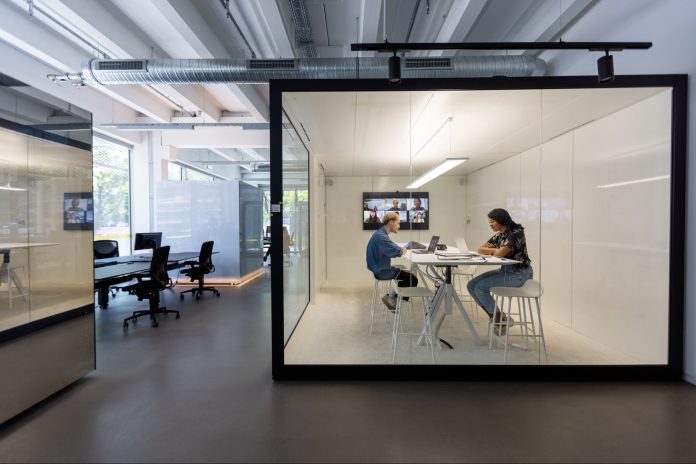Opinions expressed by Entrepreneur contributors are their own.
There’s a lot of discussion around hybrid work models right now. Since the pandemic forced most companies to make remote work possible, nearly 83% of workers have said they prefer it to a traditional office workplace. However, startups that took off during and just before the pandemic face an interesting situation. Most new companies’ entire business model is based on remote work, but now, there’s a very real possibility that in-office workdays will be feasible again soon.
So, this leads us to the question of how startups can successfully bring their businesses into the office while maintaining the flexibility and productivity gains that can come from a work-from-home model. Hybrid work models have their own pros and cons, but there are a few ways that founders can begin successfully migrating to a hybrid environment.
How can startups successfully bring their businesses into the office while maintaining the flexibility and productivity of working remotely? Follow the tips below:
1. Plan your office space accordingly
Office space is typically one of the most significant business expenses. However, it’s crucial to find that Goldilocks compromise between enough space to work comfortably without having too much or too little room.
Fortunately, companies like Hubble and GoSpace have rolled out solutions that startups can use. GoSpace uses AI to help founders visualize various workspace scenarios to find a safe, efficient and affordable setting.
Hubble offers flexible subscription plans for access to coworking spaces on-demand. This gives you and your team the ability to book office space on an as-needed basis.
Related: Remote, Office or Hybrid? How to Ensure Your Decision is Right For the Long-term
2. Make attendance policies clear and trackable
Before you try to change anything, make sure that you have a defined plan for how you want to handle office attendance. Schedule it out based on the needs of your team, and give your employees plenty of input before you finalize it.
The simplest way to make this transition work is to implement an across-the-board time tracking system that employees can use remotely and in the office. This makes it easier for you to track productivity metrics and morale as well.
However you choose to handle hybrid work attendance, make it crystal clear to all workers before implementation, so there’s no confusion or frustration.
Related: 5 Tips to Transform Your Business in the Hybrid-Work Era
3. Create a supportive and hybrid-friendly office environment
Coming to the office should never feel like a chore or punishment. Think of ways to create an efficient, healthy and collaborative office space that supports in-person and virtual work.
For example, having special collaborative conference spaces set up for virtual and in-person meetings makes it easier for everyone to focus on the task at hand.
On the flip side, you should also consider workers who need private or quiet spaces to complete tasks. Having a few closed rooms or dedicated quiet areas can be helpful when employees need deep focus.
4. Implement high-quality onboarding solutions for better team integration
Good performance management is essential for employees’ long-term success and job satisfaction. Your team should feel empowered and welcomed by your onboarding processes.
It’s worth the investment to find quality, comprehensive onboarding solutions that are streamlined, secure and user-friendly. Consider technology that allows for cross-platform verification and has a mobile-friendly design so that team members can be quickly verified from anywhere in the world, regardless of whether they’re remote or in-person.
Related: Welcome to the Hybrid Work Era
5. Make sure your company data is secure inside and outside the office
Cybercrime is still a significant risk for remote and hybrid work models. Startups are especially vulnerable here, because they often have little experience securing sensitive data properly.
Whether your team is in the office or accessing your network from home, it’s essential to incorporate a comprehensive, traceable security system that’s easily managed for hybrid workforces.
Many corporate data breaches happen accidentally via compliance failures or human error, so having a solid plan in place before instituting a hybrid work model will help you keep sensitive data secure, regardless of who is in the office or working remotely that day.

